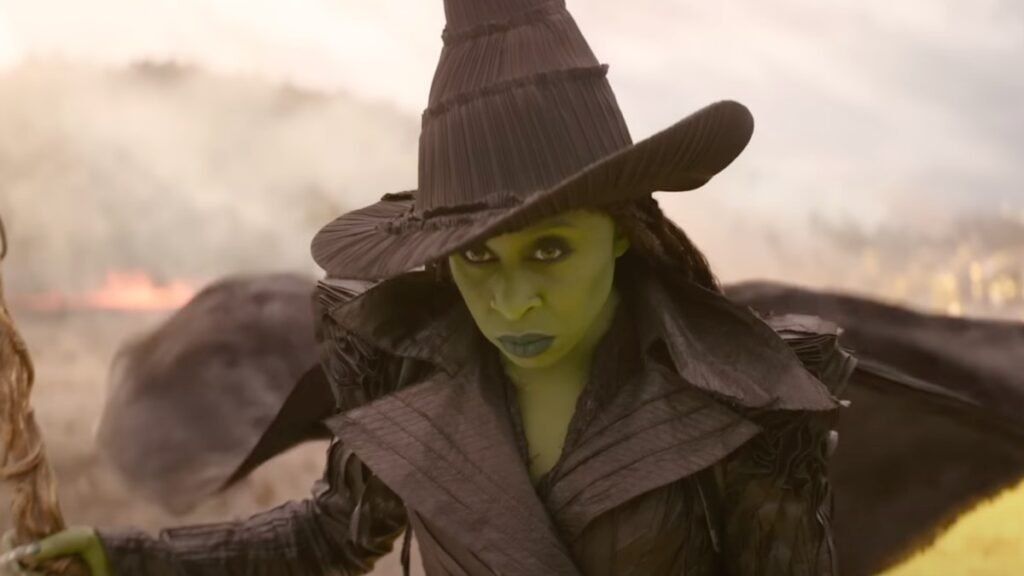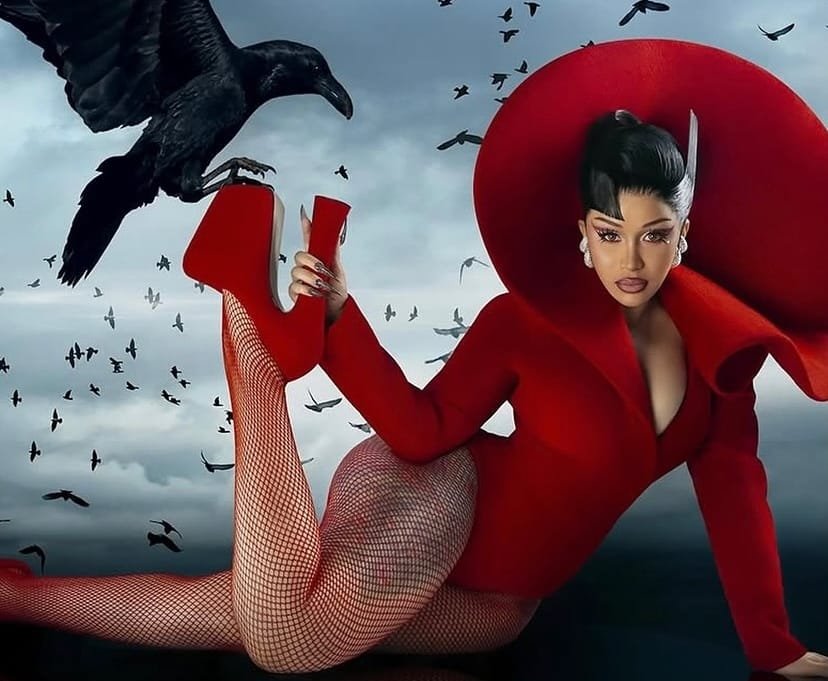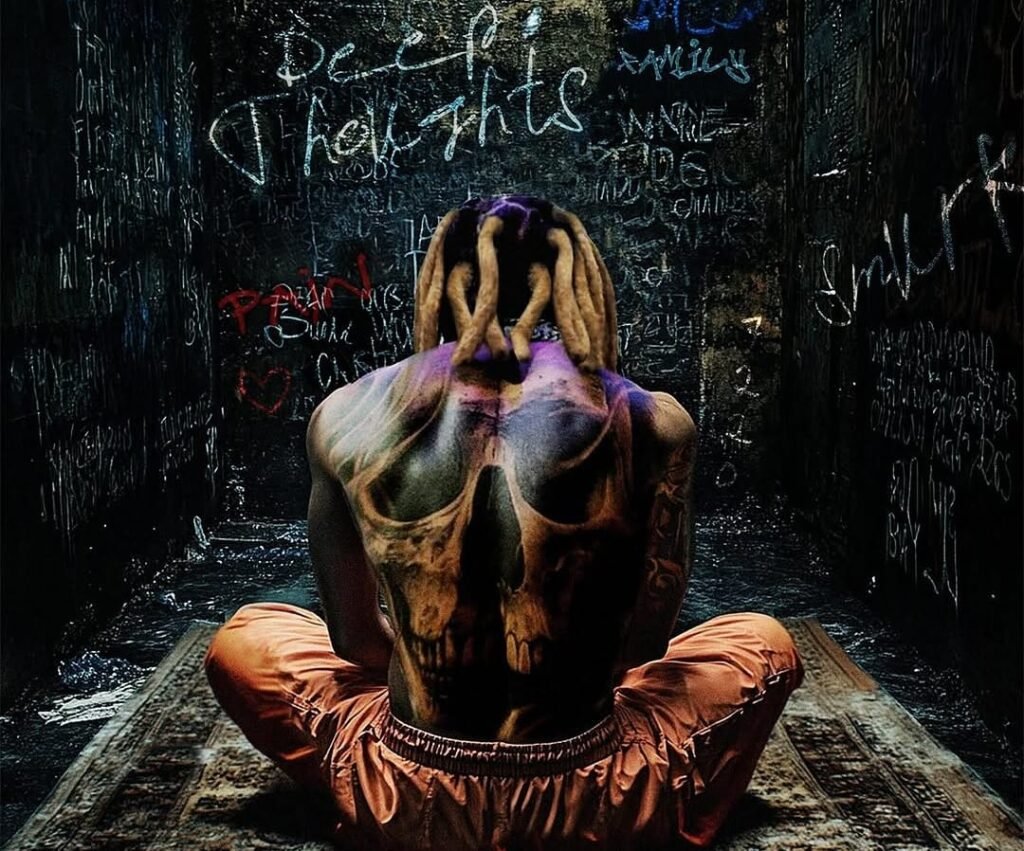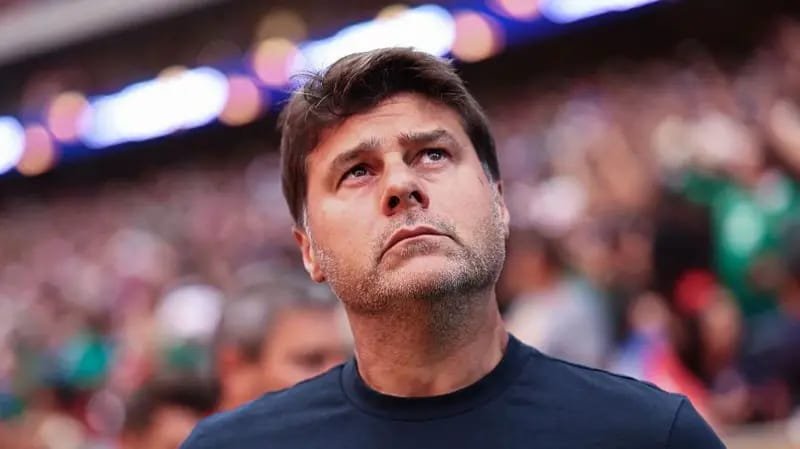
What began as a promising Gold Cup campaign for Mauricio Pochettino’s United States Men’s National Team (USMNT) ended in heartbreak, as a 2-1 defeat to Mexico in Sunday’s final dashed hopes of lifting the trophy on home soil.
It was a tournament that had slowly begun to inspire belief — belief that the Argentine coach could be the one to rebuild and refocus a disjointed USMNT. But the painful final loss has reignited familiar concerns just one year out from hosting the 2026 FIFA World Cup.
Missed Opportunity, Lingering Doubts
Pochettino’s reign since his appointment in September 2024 has been marked by inconsistency. Six defeats in 16 matches, including losses to every top-30 FIFA-ranked team faced, have left supporters uneasy.
This Gold Cup offered a chance for redemption. A win in Houston would have provided more than just silverware — it would have symbolized progress and ignited public confidence in the team’s World Cup prospects.
Instead, Mexico came from behind to snatch the title, prompting Pochettino to voice frustration — particularly with the refereeing and the overwhelmingly pro-Mexican crowd among the 70,000 at NRG Stadium.
“Mexico is a great team, but the fans make a big difference,” Pochettino said post-match.
“If the support had been on our side, it would’ve been a different game. And that penalty shout? If it was the other box, it’s given — no doubt.”
Despite the sting of defeat, Pochettino struck a chord of optimism:
“These 40 days together were invaluable. Seeing the players cry after the final shows how much it means. That passion is essential.”
Inconsistency and Squad Uncertainty
Still, cracks remain. Fifty-five players have been called up during Pochettino’s 10-month tenure, a sign of constant experimentation rather than cohesion. Injuries, club commitments, and fatigue have disrupted continuity.
This summer’s squad lacked star names like Christian Pulisic, Weston McKennie, Yunus Musah, Timothy Weah, and Folarin Balogun — all expected to headline the 2026 World Cup lineup. Their absence made this Gold Cup campaign more of a litmus test for depth than a declaration of dominance.
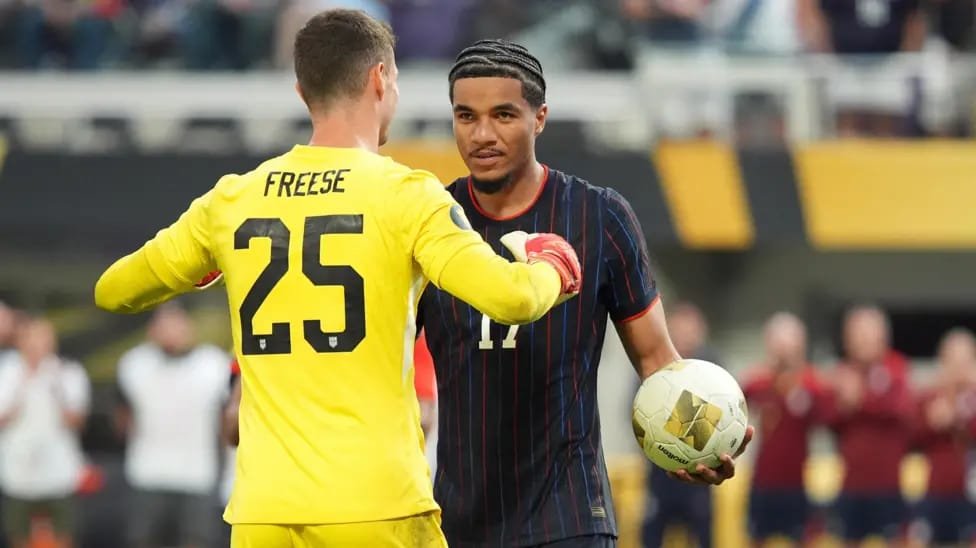
Silver Linings in a Bitter End
Despite the outcome, several players seized their moment.
- Diego Luna (Real Salt Lake) emerged as a breakout star — the 21-year-old creative midfielder delivered energy, flair, and a much-needed spark in the final third.
- Matt Freese (New York City FC) impressed in goal, stepping ahead of seasoned option Matt Turner. Aside from a single mistake, his performance — highlighted by a heroic penalty shootout display vs Costa Rica — boosted his World Cup case.
- Jack McGlynn, eligible for Ireland but choosing the U.S., displayed maturity and vision in midfield.
- Malik Tillman, linked with Bayer Leverkusen, shone in an attacking role, while Chris Richards (Crystal Palace) strengthened his claim for a starting center-back role.
These standouts may not be first-choice regulars yet, but they’ve earned serious consideration.
Host Nation Pressure Mounts
If the Club World Cup served as a logistical warm-up for the U.S. as World Cup host, the Gold Cup was a preview of how the team itself might fare. The results are a mixed bag.
Fan support is still a work in progress. According to Soccer America, group-stage attendance figures dropped compared to previous years. That’s likely due to overlapping tournaments, absent big names, and ticket pricing — not necessarily a reflection of World Cup interest.
Still, the semi-final in St. Louis and the final in Houston sold out. Unfortunately for Pochettino’s side, Mexican fans dominated both stands.
Time Is Ticking
The Gold Cup showed glimpses of unity and progress — but glimpses won’t be enough come June 2026. The clock is ticking for Pochettino to settle on his core squad and instill tactical clarity. The United States won’t just be hosting the next World Cup — they’ll be expected to compete.
For now, optimism and doubt hang in the balance.

